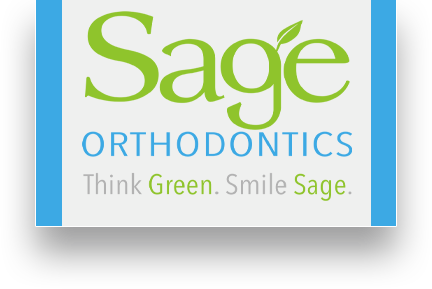
There’s been a growing uptick in orthodontic care in recent years, and research indicates a number of social and lifestyle trends are at the root of this newfound fascination in smile enhancement. A number of factors contribute to this growing trend, but a few of the biggest may come as a surprise. Discover more about this increased demand for orthodontic care, and some of the reasons behind it.
The Power of a Perfect Smile
In today’s social media-driven world, outward appearances are more important than ever. Having the right look online can boost your followers, views, or likes. Because of this emphasis on physical perfection, many have turned to orthodontic care to help them achieve the smile they want. And, it’s a trend that is not only driven by social media. Job candidates are finding their smiles could be a make or break reason for landing a new position. A research study uncovered that Americans think individuals with straight teeth are 45% more likely to land a job than those with crooked teeth.
The Convenience of Clear Aligners
A massive spike in popularity for clear aligners has been seen in recent years and is poised to keep growing. The fact that these aligners are clear and removable makes them a popular alternative to braces. You can take out your aligner to eat, brush your teeth and floss, without having to worry about food buildup like you would with braces. The convenience and the aesthetic look of normal teeth versus having metal in your mouth is another reason why more people are choosing clear aligner orthodontic treatment to improve their smile. The next few years show big potential growth for this area of orthodontic treatment.
Treatments that Cater to Adult Smiles
The most surprising jump in business for orthodontic care is the increased number of adults seeking personal orthodontic treatment. The American Association of Orthodontists has noted that one in five orthodontic patients today is an adult. While both clear aligners and more traditional options like braces are being used, more adults are seeking straighter smiles later in life. Most adult patients are new and are seeking their first treatments towards a straighter smile. Some adult patients have previously undergone orthodontic treatment, and are coming back for additional care.
Patients both young and old are finding their perfect smiles, and the numbers continue to grow each year. If you have been considering orthodontic treatment for any reason, contact our orthodontic office today for more information.










